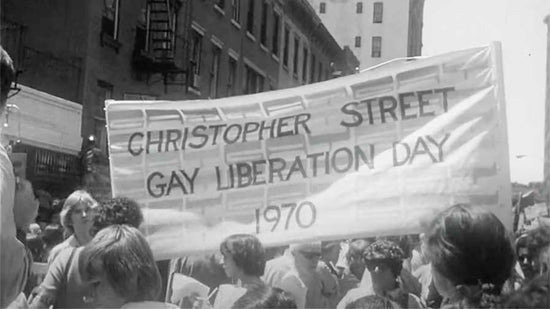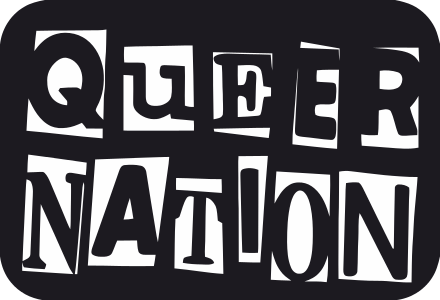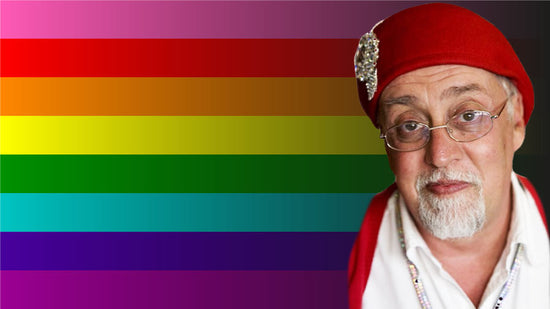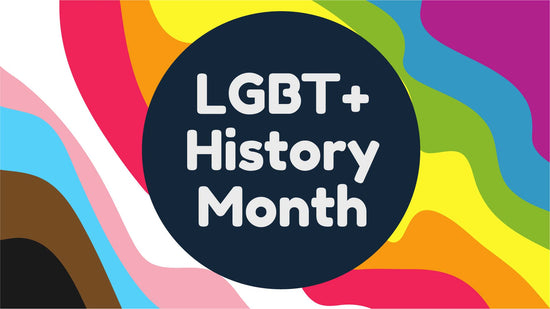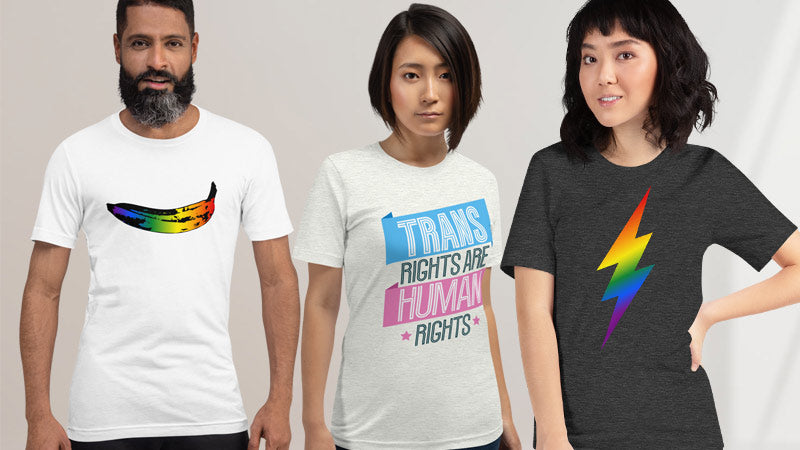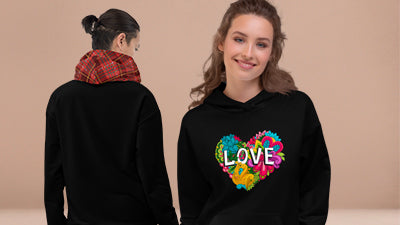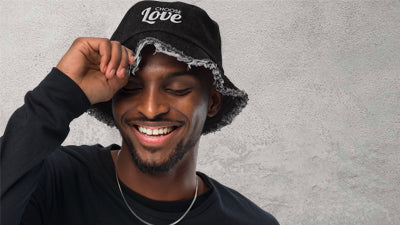Everything You Need To Know About Pride

What Is Pride?
Pride is both an annual celebration of the whole LGBTQ+ community and a moment to commemorate the struggle for LGBTQ+ civil rights. It began as Gay Pride but has evolved simply into Pride as it encompasses all identities within the LGBTQ+ spectrum. It gives us the opportunity as a community to talk about the issues we face and raise awareness of the challenges we confront.
We celebrate the diversity in our community, recognise the icons who give us visibility and honour those in our history who worked tirelessly to win the rights we have. It’s also a time for our allies to step forward and show support publicly, and to celebrate with us.
It’s important to understand that Pride is about the whole community. It's easy to forget this, because gay men, lesbians and trans people take up so much of the visibility and discussion. But Pride is also about bisexual people, agender people, aromantics, non-binary, gender fluid Intersex individuals and many many more identities. It’s critical that we take the chance to bring these identities to the front during the month and highlight their needs and the challenges they face.
When Is Pride?
Pride month takes place every June, and most Pride events happen within that month, although Pride events can be all year round. For example the first major event of the year is The Midsummer Festival in Melbourne, Australia in January and the last is Buenos Aires Pride, which closes in November.
You can see all the main Pride events on our Big LGBTQ+ Calendar
Why Is It Called Pride?
The word Pride is used as a positive way to celebrate our sexuality or gender identity, as opposed to the shame that society made us feel for hundreds of years. It’s difficult to know who first used Pride but it’s often credited to either Michael McConnell and Jack Baker, who were the first same-sex could married legally or Thom Higgins, who was a gay rights activist who famously pied anti-gay activist Anita Bryant live on television.
SHOP YOUR PRIDE OUTFIT view the full collection
Why Is Pride Month In June?
June is the month in which the Stonewall Riots happened, which was the event that started the Pride movement. The Stonewall Inn was a gay bar in New York where the community met. Gay people weren’t allowed to run gay bars so it was owned and run illegally by The Mafia.
The Stonewall Inn was popular because it had a huge dance floor and people were allowed to dance with members of their own gender, which wasn’t allowed anywhere else. It was raided regularly by the police who would detain and arrest groups of people each time. During one raid in June 1969 the gay, lesbian and trans people who had been released fought back for the first time.
This became a symbol that queer people were not longer prepared to put up with this oppression. Pride rose out of the energy following the riots and is a commemoration of that event.
Pride Is Just A Party Isn’t It?
Absolutely not. Although in recent years the party aspect has grown to become the most visible. This is because the community has won a lot of the civil rights battles we faced, and many people forgot that rights can also be taken away. Pride marches have become awash with corporate sponsors who are eager to show their inclusive credential and win the hearts of a community that has high spending power. But Pride started as a protest against the oppression of our community. And there has recently been a movement within the community to return it to a protest, and the first #RECLAIMPRIDE march happened in London in 2021.
Why Does Pride Last A Month?
In 1999 President Bill Clinton designated June to be Gay and Lesbian Pride Month as a way of recognising the impact and contribution of the LGBTQ+ community in US history. In 2009 President Obama designated June Lesbian, Gay, Bisexual, and Transgender Pride Month.
How Did Pride Begin?

In the 1950s and ‘60s in the US a group of activists led by The Mattachine Society and The Daughters Of Bilitis who were the two main groups campaigning for gay men and lesbians respectively, held annual
After the Stonewall Riots in 1969 a group of activists led by Craig Rodwell realised the power of what had happened and wanted to harness the energy within the LGBTQ+ community. They had been holding annual reminder days in July to remind people of the lack of rights for gay people, and it was decided by the group that a great way to ensure The Riots were commemorated was to hold a march.
The first one was on June 28th 1970 and was called the Christopher Street Gay Liberation Day march, after the street that The Stonewall Inn was situated on. That march was a huge success, and in 1971 the name was changed to Gay Pride and marches happened all over the US and in Europe.
Read the full story of the Christopher Street Gay Liberation Day march
What Does Pride Mean?
Pride means different things to different people. Collectively it’s an unapologetic celebration of who we are. But also a joining together to give thanks for the liberation of our community. Think of it like gay, lesbian, bisexual, and trans liberation day. After all, homosexuality was a criminal offence in the US and Europe until the 1960s and 70s and later in some countries) and is still criminalised in many nations.
Individually it’s more complex. It can be just as unapologetic self celebration of who you are and your own identity. But it can also be a more personal moment to reflect on our own journey. To understand where we are on that journey to living a truly authentic life, free to be ourselves without the shame and guilt that countless generations have felt due to the heteronormative and gender normative expectations of society.
Why Do We Have Pride Flags?

Flags and symbols have long been a part of the LGBTQ+ community since the 1800s when Oscar Wilde had an actor wear a synthetically dyed green carnation in a play of his, which was then worn by men as a symbol of loving whoever you want to love.
In the 1950s and 60s gay men and lesbians used the pink triangle on a black background as a symbol and flag. It had been used by the Nazis in the 1930s and ‘40s to denote homosexual people and the community reclaimed it. The Greek Lambda symbol was also used from 1970 after it was chosen by the gay rights group Gay Activists Alliance as their symbol.
The Rainbow Pride Flag as we know it was created by artist and activist Gilbert Baker, who was asked to create a flag to represent the gay rights movement by Harvey Milk, the first openly gay man elected to high office in the US. It flew for the first time at San Francisco Gay Freedom Day in 1978. It was originally eight stripes but was cut to six a year later for functional reasons. Each colour has a meaning: Red - life, orange - healing, yellow - sunlight, green - nature, blue - serenity, purple - spirit.
Since then flags have been created for many different identities within the community, and we have 20 different flags for 14 identities represented within the shop.
Read the full story of how the Rainbow Pride Flag was born
How Many Pride Flags Are There?

There are many many. Maybe up to a hundred in all. And there are more appearing each year. All of the main sexualities and gender identities have a flag. But while most of the lesser known identities have a flag not all do, and as more identities emerge this is where the growth in flags is happening.
Also there are now some flags for intersectional identities such as aromantic asexual, or AroAce. And in some cases there are multiple ones for the same identity because several people have designed one at the same time or occasionally the original flag is dropped because the creators views on race, gender or sexuality have been found to be unacceptable, and the community is yet to settle on which new one to adopt.
See the main ones in our guide to Pride Flags
Why Are There So Many Sponsors At Pride?
This is a question many people, even within the community ask. There are several reasons. Firstly businesses have realised the spending power of the LGBTQ+ community and want to access it. So sponsoring Pride events or just putting up a Rainbow Flag in their logo has become been a good way to do that by showing support.
Also, supporting Pride promoted perceptions of inclusivity, which has become an important factor in corporate social responsibility programmes, especially for larger corporations.
A third reason is that Pride events are expensive. While most people on organising committees are volunteers, councils charge huge sums to close off city centres, music artists have to be paid and infrastructure erected. So corporate sponsorship allows this to be paid for to keep ticket prices down, or, in some cases such as Pride in London, to allow Pride to be free.
But we have to make sure that sponsors and businesses who put up Rainbow flag are held to account. It's not enough to just pay to be involved. Organisations must show a deeper commitment to the community.
We want to know what their internal policies are towards LGBTQ+ staff, which LGBTQ+ charities they contribute to and do they speak up for us outside of Pride month. Because simply saying you support us is pinkwashing their image and we're no longer prepared to accept that.





